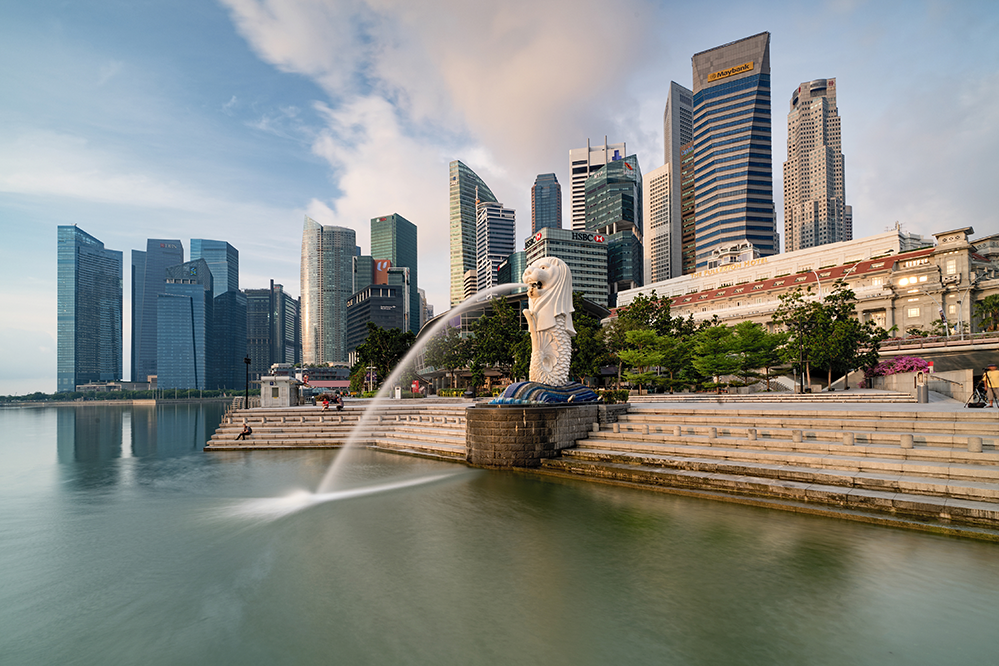By Yardi Blog Staff on April 30, 2021 in Global News
Last year was a tough one for commercial real estate in Singapore and Malaysia. But with record-breaking transaction volumes rounding out 2020 and Covid-19 vaccines rolling out at speed, there’s hope on the horizon.

Yardi recently brought together some of the region’s brightest economic brains to unpack the data and unearth the trends. Here are their top five insights to help guide investment decisions in 2021 and beyond.
- Both markets are on the move
Oxford Economics is predicting a GDP growth rebound of 7.1% in Singapore and 5.4% in Malaysia. Singapore is likely to return to pre-Covid levels in the second quarter and Malaysia in the fourth.
But “growth recovery is dependent on health success” and is tied to each country’s efforts to contain Covid infections, warned Oxford Economics’ lead economist for Asia, Sian Fenner.
The vaccine rollout is key to recovery, Fenner emphasised. In Singapore, just under 24% of the population has received its first dose. A 80% vaccination rate – and with it herd immunity – will be achieved in Singapore by the third quarter. While just 2-3% of Malaysians are currently vaccinated, 70% of the population will be fully vaccinated by the end of the year, Fenner said.
- Economic scars will take time to heal
Rebound and recovery in both nations will be influenced by “economic scarring,” Fenner told Yardi’s engaged audience of property professionals. It will take time for businesses to repair their balance sheets and for the labour market to address skills mismatches, she explained.
Singapore has followed a V-shaped recovery after an historic fall in GDP. “Singapore has almost recouped its loss in output and its GDP is now close to its pre-pandemic level,” Fenner’s colleague and Oxford Economics economist Sung-Eun Jung said. But this headline figure masks sectoral differences. Manufacturing has posted a “stellar performance” due to strong demand for consumer electronics and pharmaceutical products. The services sector, hit hard by restrictions, will “continue to underperform”. The finance sector, meanwhile, continues to expand.
Tightening restrictions in January, while not as disruptive as those in 2020, dipped Malaysia back into recession and “weighed heavily on the services side” of the economy, Fenner added. Infrastructure projects in Malaysia are a bright spot, with both short and long-term projects expected to have a “strong multiplier effect through the economy”.
- Asia Pacific investment volumes broke records last year
We finished a horror 2020 with Asia Pacific investment volumes down 19% on the previous year, but with a record fourth quarter. “People were saving up their money for the final push,” said David Green-Morgan, managing director of Real Capital Analytics in Asia Pacific. “The deals just kept coming in.” This brought 2020 back into line with a respectable US$150 billion in investment.
Nevertheless, Singapore was one of the region’s weakest real estate markets in 2020, with transaction volumes falling 60% year-on-year. Malaysia was not much better, posting a 56% drop, Green-Morgan added.
- Real estate performance is not just a Covid story
Singapore was one of the most active commercial real estate markets in the region pre-Covid, Green-Morgan said. The city state was sixth placed in 2018 and 2019, but last year slid to 11th place on Real Capital Analytics’ rankings. Singapore’s $3.2 billion in sales volume was down 73% year-on-year. Kuala Lumpur, meanwhile, didn’t even scrape into the top 20.
Rather than a Covid story, Singapore’s slip indicates a natural decline that the pandemic has simply “accelerated and heightened,” Green-Morgan said. Singapore enjoyed a “record year” in 2019, so “2020 was always going to be a struggle to match”.
Covid-19 continued a downward trajectory in Malaysia’s commercial real estate activity that was already well underway. What has driven that decline? Green-Morgan said the most notable factor was ongoing fluctuations in the political environment that created uncertainty, followed by capital looking further afield to Vietnam. The Malaysian Government is looking to enact policies to make movement of capital easier, and that will be a “big boost” he said.
- There’s a deep pool of capital looking for deals
Real Capital Analytics is expecting an increase in Singaporean activity this year. Green-Morgan pointed to deals at Samsung Hub, a 30-storey strata building completed in 2005, as a sign of the times. Prices have climbed and recent transactions have secured almost US$3,000 a square foot “quite a significant milestone for the Singapore market,” Green-Morgan added.
Despite the challenges, the money continues to flow into Malaysian commercial real estate. The biggest deal last year was for a former air base in Kuala Lumpur, purchased in a joint venture between the Malaysian Government and China’s state-owned enterprise China Railway Engineering Corp. “The land deal was worth US$1.5 billion but it’s got a development value of $36 billion if it all pushes ahead. It’s a huge scheme in the ASEAN context,” Green-Morgan concluded.
Wrapping up the webinar, Yardi’s Devine observed the outlook for both markets is “positive yet challenging but still uncertain”. “One of the main things we’ve learnt over the last 12 months is that certainty is a fairly rare commodity”.
The best way to increase your investment certainty is with market intelligence. Missed Yardi’s latest Executive Briefing? Don’t miss the next one! Subscribe to our updates to keep your finger on the property market pulse.


